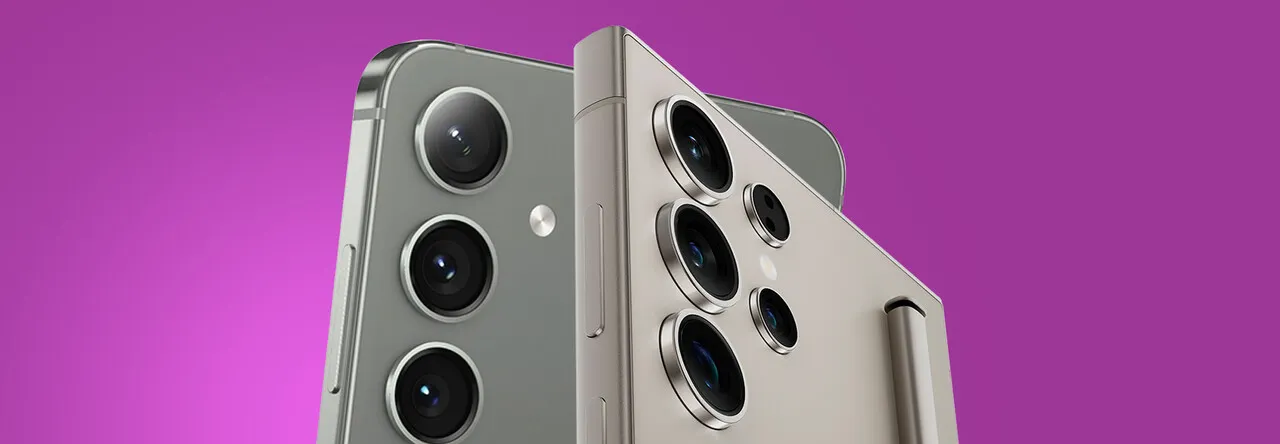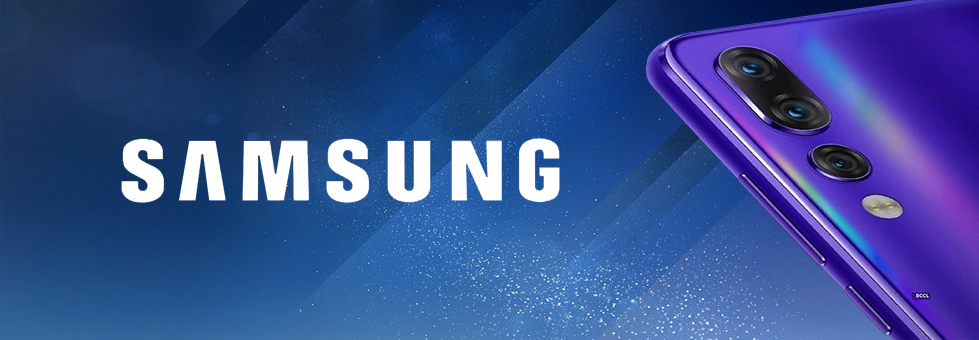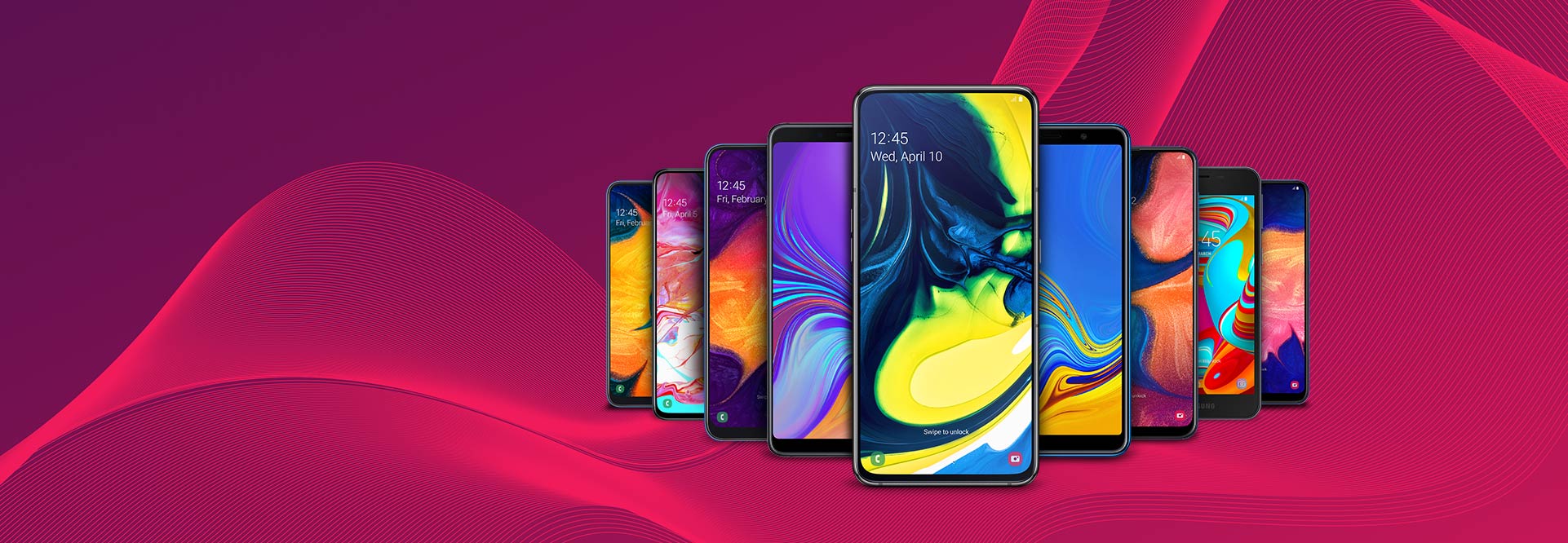Samsung Galaxy S24 Plus vs Galaxy S24 Ultra: The Showdown!
Mondo Admin / 07-02-2024 / Tech
Did you hear? Galaxy AI has finally arrived, making its grand debut in the new Galaxy S24 series. This means our smartphones are about to get a whole lot smarter, so with the S24 range officially hitting South African markets on February 14, the question is: are you ready to get your hands on Samsung’s best smartphones, or should we say “smarter phones”?
To get you prepared to choose the perfect Galaxy S24 for you, we're comparing the best of the best: the Samsung Galaxy S24 Plus and the Galaxy S24 Ultra.
The display plot twist!
We kick off this epic showdown with the displays. You'd expect the Galaxy S24 Ultra to steal the spotlight but get ready for a plot twist.
The Galaxy S24 Plus is stepping up its game with some serious upgrades, bringing it closer to its fancier sibling. In a bold move, it flaunts a larger display than the previous generation at 6.7 inches, just a slight bit smaller than the 6.8-inch screen on the Galaxy S24 Ultra. This tiny size gap marks a first for the range but hold onto your excitement because there’s a lot more propelling the Plus to the top.
In past releases, the Galaxy Plus lagged in resolution compared to the Ultra. But that’s a thing of the past, as both devices now boast the same Quad HD+ (QHD+) resolution. In other words, the highest, sharpest screen resolution is in two Galaxy phones.
Samsung has also cranked up the peak brightness across its entire range, from 1750 Nits in the past two generations to an incredible 2600 nits this time around, making it the brightest Samsung smartphone display to date.
Cameras powered by AI
Before we break down the differences between the Samsung Galaxy S24 Ultra and Galaxy S24 Plus, let's talk about the new ProVisual engine that powers the cameras across the range. It’s where a new generation of AI meets photography.
Samsung describes this as a “suite of AI tools that transform image capturing abilities and maximise creative freedom every step of the way, from setting up a shot all the way to sharing it on social”.
The ProVisual engine has essentially boosted the camera performance without the need for costly hardware upgrades. You get improvements across the board, from night photography and zoom capabilities to noise reduction, colour reproduction and innovative editing. A major highlight is Samsung’s use of advanced video noise removal technology on both the front and back cameras, which detects the difference between a the movement of the person recording and the subject, resulting in clearer videos, even in distant or darker environments.
You also have plenty of other AI features to look forward to, such as Magic Eraser and Generative Edits.
Galaxy S24 Ultra cameras
Any guesses which phone reaps the most rewards from these enhancements? Of course, it’s the Galaxy S24 Ultra. With its four rear cameras, it effortlessly maximises the full power of the ProVisual engine.
Its main camera and zooming capabilities have also levelled up. To start off, it features a brand new 50MP telephoto camera boasting 5x optical zoom and 10x optical quality zoom. It takes over from the 10MP periscope lens and is enhanced by AI for cleaner and more detailed photos.
The iconic 200MP main camera remains but now flaunts a 60% larger pixel size to soak up more light in darker environments. This means your night photography just got a whole lot better. Three cameras have remained from the previous version, including a 12MP ultrawide camera, 10MP telephoto with 3x zoom and 12MP selfie camera.
And just like the Galaxy S23 Ultra, Samsung is keeping the cosmic vibes alive with Astrophotography, which is taken it up a notch with deep learning-based AI that enhances the trailblazing 100x Space Zoom feature.
Galaxy S24 Plus cameras
The Samsung Galaxy S24 Plus is no slouch, featuring a 50MP main camera, a 10MP telephoto with 3x optical zoom, a 12MP ultra-wide camera and a 12MP selfie snapper. Sure, it might not outshine the main camera and fancy new telephoto lens on the Ultra, but let's not underestimate this powerhouse.
The S24 Plus does a stellar job of capturing scenes with clarity, detail and a burst of vibrancy. And the fact that you now get a larger display to fully appreciate the brilliance of the cameras and AI enhancements is a definitive win that delivers a massive step up from last year's model.
The fastest Snapdragon arrives
Are you the type of person who demands top-notch performance and expects nothing but the best? Well, the Galaxy Samsung S24 Ultra is ready to meet your high standards.
Fuelled by the Qualcomm Snapdragon 8 Gen 3, exclusively optimised for Galaxy, the Ultra is a beast in the performance department. It goes above and beyond, offering a faster performance compared to the standard version of Qualcomm's fastest chipset.
So how does the Galaxy S24 Plus compare? It features Samsung’s flagship chipset in most parts of the world, the Exynos 2400, and the standard Snapdragon 8 Gen 3 chipset in the USA and China, both of which offer more than enough power to impress the most discerning users.
Both phones are powerful, facilitating graphic-intense gaming, smooth multitasking, sharp cameras and advanced AI.
Battery for all-day shenanigans
The good news is that both devices effortlessly handle any type of use, no matter how heavy. Thanks to a 5000mAh battery on the Ultra and a 4900mAh battery on the Plus, you can confidently breeze through the entire day with some juice left over. The word from Samsung is that these devices get you more than a whole day of internet usage or video playback, giving you one more reason to pick up a new Galaxy S24 Plus or Ultra when it’s time for an upgrade.
And the verdict is…
Samsung has brought the Galaxy S24 Plus within striking distance of the Galaxy S24 Ultra at a whopping R9000 less. Yet, the Ultra comfortably lives up to its name. If you're ready to loosen the purse strings, rest assured you're splurging on the absolute best because Samsung held nothing back. Plus, you’ll be wielding the S Pen stylus and rocking the sturdiest Galaxy to date, made with the resilience of titanium.







